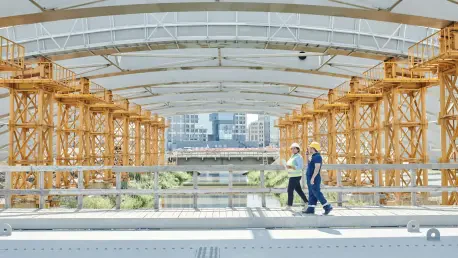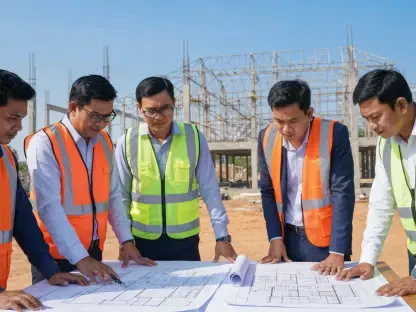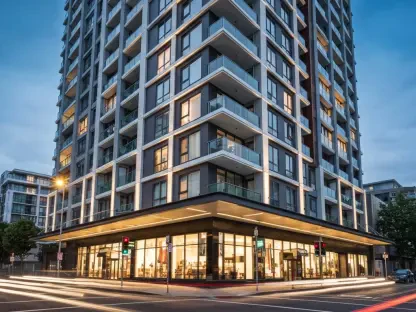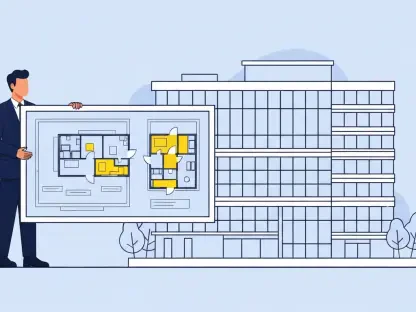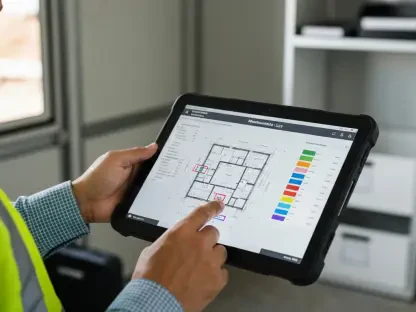In today’s rapidly urbanizing world, managing infrastructure is not just about building roads or bridges but sculpting entire cities. A recognition of this importance is evident as Skanska, a leading global construction firm, embarks on significant projects in Massachusetts and Virginia. These initiatives aim not only to facilitate transportation and education but also to redefine how urban areas can be efficiently designed. In an era where demands are outpacing old solutions, Skanska’s strategic ventures raise a crucial question: How do modern infrastructure projects shape the quality of life in the 21st century?
Recognizing the Need for Modern Infrastructure
The expansion of urban environments has highlighted the compelling need for improved infrastructure to sustain growing populations and their associated demands. Modern infrastructure projects are pivotal in this endeavor, ensuring cities can efficiently manage higher traffic volumes and meet contemporary safety standards. Additionally, the rise in educational facility expansions speaks to the broader intent of creating advanced spaces for learning and innovation. These developments illustrate a necessary pivot toward sustainable and resilient designs capable of supporting future generations.
Transformation of Lowell: The Rourke Bridge Project
In Massachusetts, the Rourke Bridge in Lowell stands as a testament to both opportunity and challenge. Originally constructed in 1983 as a temporary measure, the bridge now supports a staggering 27,000 vehicles daily, a capacity it was never designed to handle. Skanska’s involvement marks a transformative phase, facilitated by a $303 million contract from Massachusetts DOT. The new design promises a seven-span bridge incorporating updated intersections, improved pedestrian and bicycle pathways, and enhanced environmental features. This project not only addresses existing limitations but also promises to improve commuting experiences and environmental stewardship within the region.
Virginia Tech’s Engineering Leap Forward
Simultaneously, in Virginia, Skanska is executing an ambitious undertaking at Virginia Tech’s College of Engineering. The project is set to include the innovative Mitchell Hall within its scope, a structure that will house vital engineering disciplines. This development, worth $240 million, represents a significant investment in the future of engineering education. With construction integrating with existing facilities like Hancock Hall, Virginia Tech stands poised to offer a forward-thinking educational environment that nurtures new generations of engineers. The comprehensive build will significantly enhance the institution’s capacity to deliver cutting-edge engineering education.
Voices from Within: Perspectives on Progress
Leadership from both Skanska and Massachusetts DOT shed light on the aspirations and challenges inherent in these ventures. One Skanska executive noted that such projects not only advance transport and education but also align with broader goals of innovation and sustainability. In the academic realm, Virginia Tech faculty have emphasized the profound potential of improved infrastructure in shaping the educational experience. These insights underline the shared vision and committed efforts driving these major projects, emphasizing their broader impact on society.
Paving the Way for Future Developments
Successful large-scale projects depend heavily on strategic planning, collaborative efforts, and sustainable practices. As urban centers continue to expand, embracing innovative solutions becomes vital. Such projects illustrate how infrastructure can transcend its traditional role, becoming a catalyst for economic growth and a sustainable future. It’s an important reminder that stakeholders in similar endeavors must focus on creating functional, inclusive, and adaptable spaces that serve both present and future generations.
In retrospect, Skanska’s endeavors reflected a significant stride in addressing the challenges of contemporary infrastructure needs in the facets of urban transit and educational space. The recognition of such efforts not only advanced the locales involved but paved pathways for further innovations in design and construction. As these projects progressed, they offered valuable insights into the future of urban and educational landscapes, emphasizing a balanced approach to growth and sustainability.
